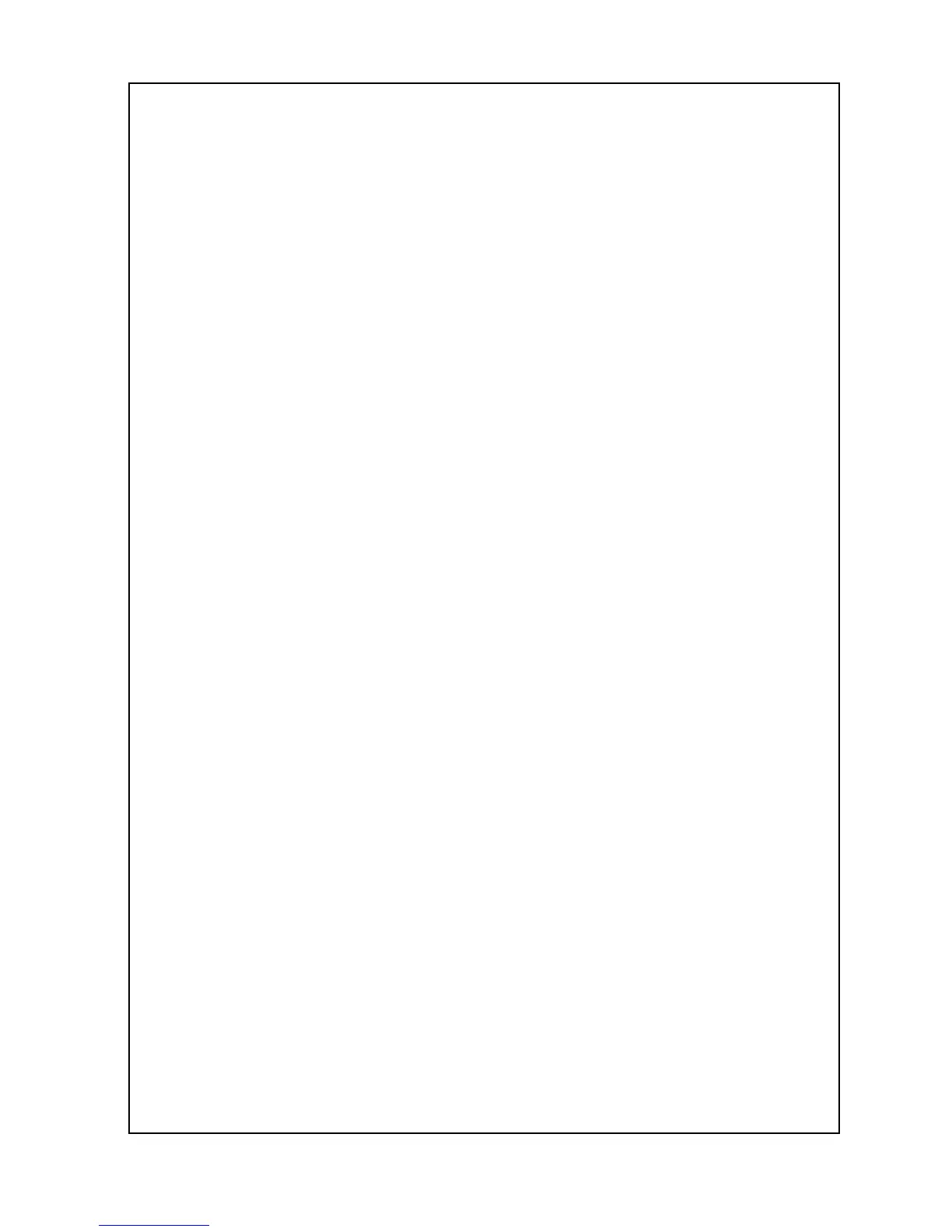When food is sold by weight, it must be accurately weighed and
labeled with certain specific data whose requirements may change
according to jurisdiction.
The minimum requirements for a By
Weight PLU label are: product name, price-per-
total price, and a packed on date. The net weight must be verifiable by
When food is sold by count (or volume), it must be accurately labeled
with certain specific data whose requirements may change according
to jurisdiction. The minimum requirements for a By Count
label are: product name, price-per-
piece, net weight statement, total
price, and a packed on date. The price-per-
piece is usually expressed
in the format “Q for P”: Q is a piece count and must
zero; P is a price and must be greater than or equal to zero. An
example of a price-per-piece is “1 for $3.49”
A common misconception is that you can simply price something, let’s
say “fixed price”, and then sell it like that. The reali
food items; however, food must be sold either by weight or by
scaled food items that seem to be “fixed price” and
can be purchased in a supermarket are in fact sold by count. For
example, a can of soup has
a net weight statement on the package
and when you buy it, the ECR/POS receipt will have a quantity (pieces)
and a price. Another example is canned or bottled soda. These items
are sold by volume, have a “net volume statement”
/POS receipt will have a quantity (pieces) and a price.
Additionally, if you were to measure the volume (or net weight) of the
contents you would find that you are getting a slightly larger amount
than stated on the package.
Now you are ready to program PLUs on the NETS!
